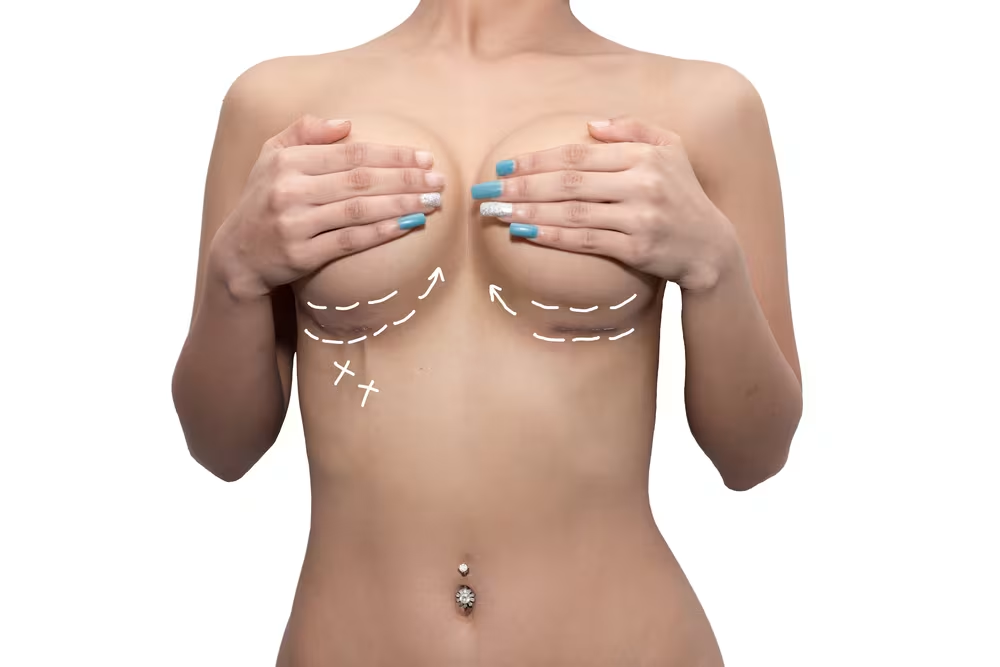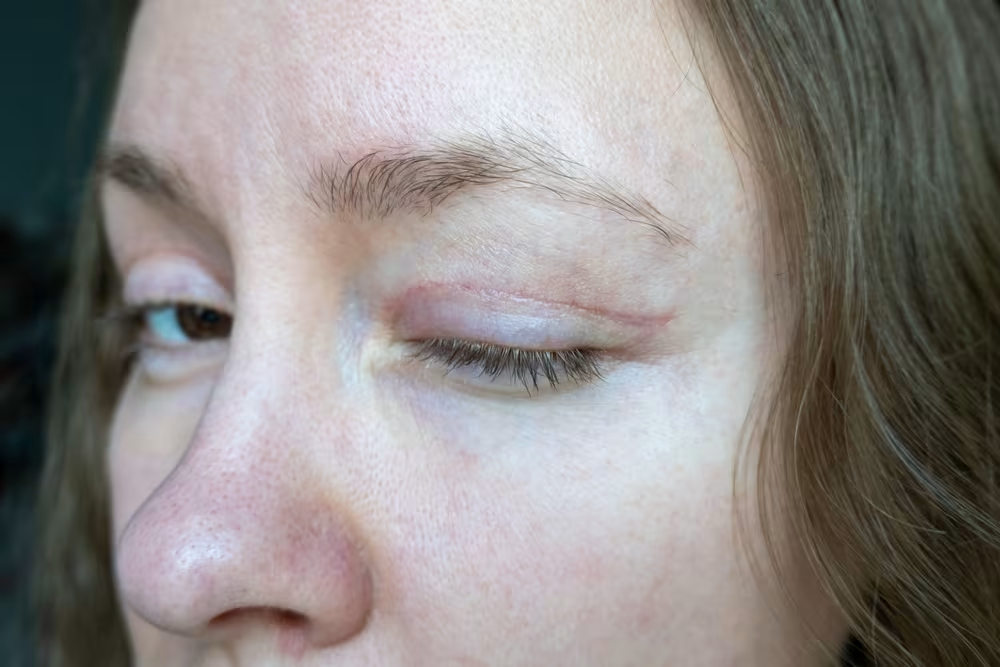Dr. Paul Vitenas, a board-certified plastic surgeon in Houston, TX, shares essential tips for healing surgery scars. To properly heal scars, it is recommended to minimize tension on the incision, avoid strenuous activities, use silicone gel sheets to cover the scar, and protect the scar from sun exposure. Individuals worried about surgical scars after surgery must follow the guidance of an experienced plastic surgeon like Dr. Vitenas for optimal scar healing and appearance.

Recommendations to Minimize Surgery Scars
- In the first few weeks after surgery, patients should refrain from vigorous physical activities to avoid stressing the healing incision.
- Applying silicone gel sheeting to the scar can be beneficial in reducing inflammation and redness, thereby promoting a more aesthetically pleasing scar appearance.
- Shielding scars from direct sunlight exposure is crucial to prevent uneven pigmentation changes, such as darkening (hyperpigmentation) or lightening (hypopigmentation) of the scar tissue.
- It’s important to be patient with the scar healing process, as it takes one year for a scar to go through its maturation phase. Adhering to post-op wound care instructions from a certified plastic surgeon is key to optimal healing.
Scars are an inevitable outcome of many plastic surgery procedures, such as breast implants, arm lifts, and tummy tucks. However, with proper care, these scars can blend better with the skin, preserving the aesthetic enhancements achieved through surgery.
Get Help at Home: Avoiding Strenuous Activities
Surgeons recommend that patients avoid strenuous activities, especially during the initial weeks following surgery. This includes everyday activities such as cooking, cleaning, laundry, and lifting heavy objects.
The Importance of Rest and Recovery
Rest allows the body to focus on repairing the skin layers and reducing scar formation. Over exertion can trigger an inflammatory response, leading to hypertrophic scars. Therefore, patients should prioritize rest and recovery post-surgery.
Lifting Limitations and Their Impact on Scar Healing
For the initial six weeks following a surgical procedure, patients should only lift objects that are less than 10 pounds. Lifting heavy objects can strain the incision site, leading to increased tension and potentially affecting the scar’s healing process.
Using Silicone Gel Sheets for Scar Reduction
Silicone gel or silicone sheets are a proven treatment for reducing the appearance of surgical scars. It works by hydrating the scar tissue and applying pressure to the scar, which helps to soften and flatten the scars.
To achieve optimal healing and minimize the appearance of surgical scars, it is beneficial to apply silicone gel sheets regularly.
Benefits of Silicone Gel and Scar Massage
Silicone gel (or sheets) and scar massage are two effective strategies for scar reduction. They have been shown to decrease scarring by reducing inflammation and redness in the incisions. These methods can significantly improve the scar’s appearance, assisting in overall healing.

Patience is Key: The Timeline for Scar Healing
Scars can take a considerable amount of time to develop and become less noticeable, often requiring up to twelve months for the healing process to be complete. It’s essential to follow the recommended care routine, which includes scar massage and the application of silicone gel.
The 12-Month Scar Maturation Process
Scars undergo a maturation process that can extend up to 12 months. During this time, the scar changes in appearance, becoming less noticeable as it matures. However, this timeline can vary among individuals, influenced by age, genetics, and overall health.
The Importance of Consistent Scar Care
Consistency in scar care is crucial to enhancing the healing process. This includes regular application of silicone gel or sheets and scar massage. While it may seem tedious, maintaining this routine can significantly improve the scar’s appearance over time.
Protecting Your Scar from Sun Exposure
Wearing protective clothing or applying a high sun protection factor (SPF) sunscreen can protect your scar from the sun. This is particularly important for scars in visible areas, such as those resulting from tummy tucks or breast lifts.
Risks of Hyperpigmentation
Hyperpigmentation is a potential risk when a healing scar is exposed to sunlight.
Hyperpigmentation results in a scar that’s darker than the surrounding skin. This can make a scar more noticeable and may affect the overall aesthetic outcome of your surgery.

Ensuring Optimal Healing: Following Post-Operative Instructions
Adherence to post-operative instructions is key to ensuring optimal healing of surgery scars. This includes observing lifting limitations, using silicone products, protecting your scar from the sun, and being patient with the healing process.
Commitment to Scar Care and Enhancing Final Results
Your commitment to scar care can significantly enhance the final results of your surgery. This includes consistently following the recommended care routine, from massaging the scar and applying silicone gel to minimizing sun exposure. A dedicated approach to scar care can go a long way toward making sure your scar heals optimally and enhancing your final surgical results.
Trust a Board-Certified Plastic Surgeon
If you’re worried about your surgical scars, a board-certified plastic surgeon like Dr. Paul Vitenas has the expertise to guide you through your healing journey. He provides advice and recommendations based on his years of experience in plastic surgery. By following his guidance, you can achieve desirable outcomes for your scars from your surgical procedure.
